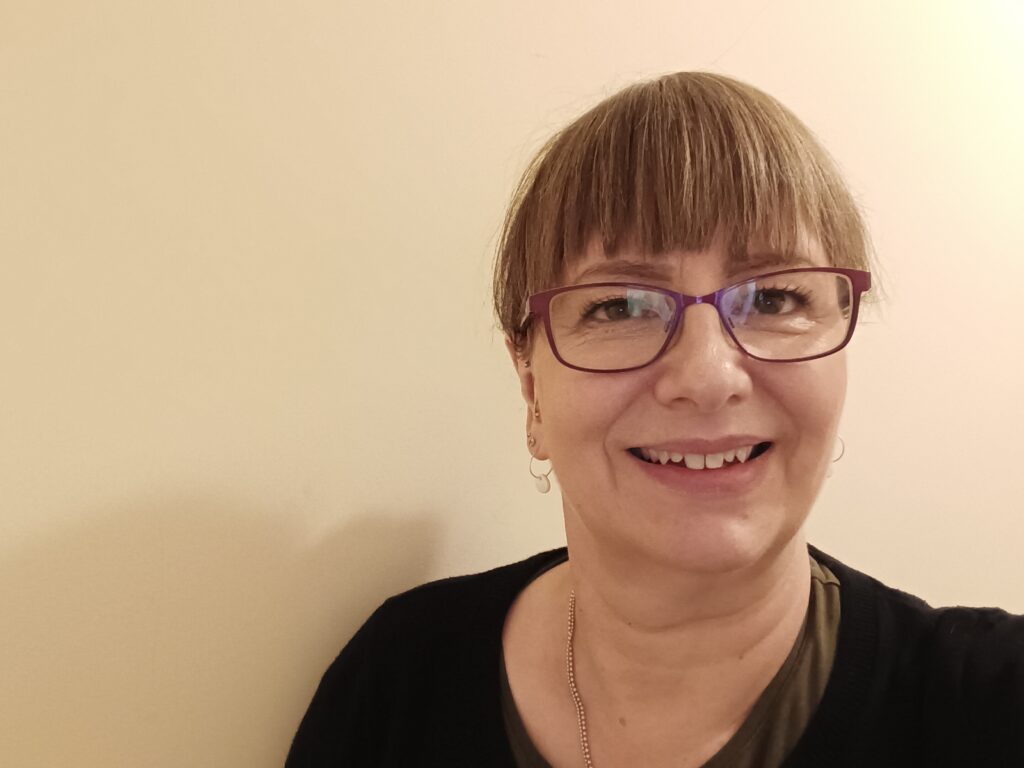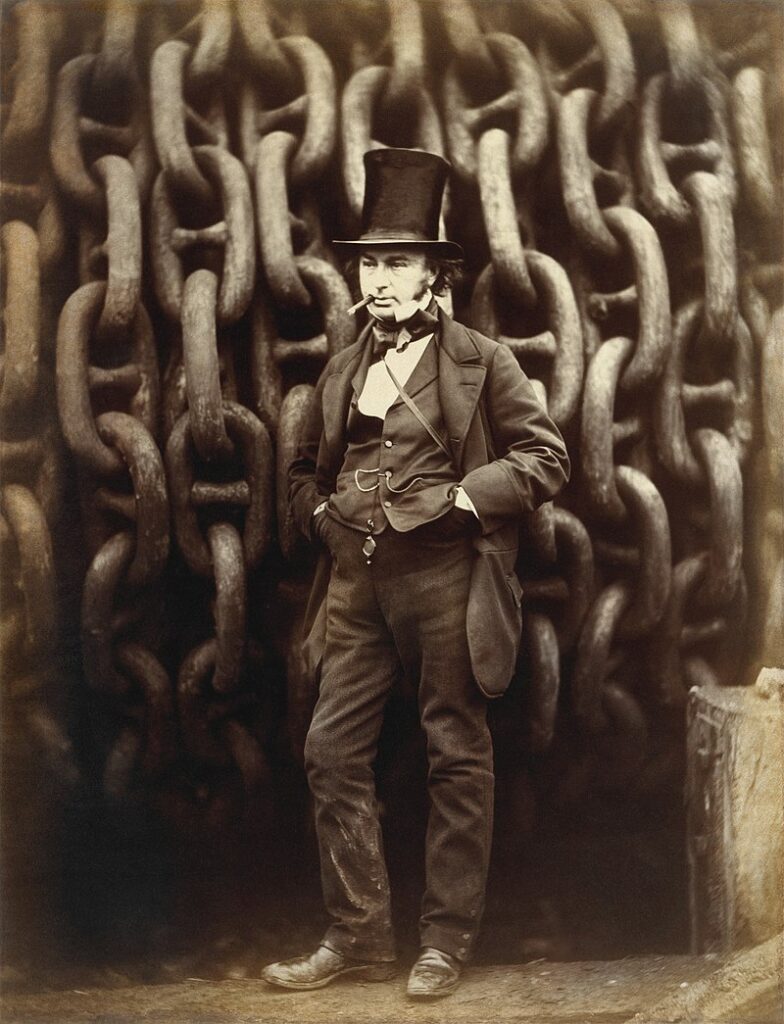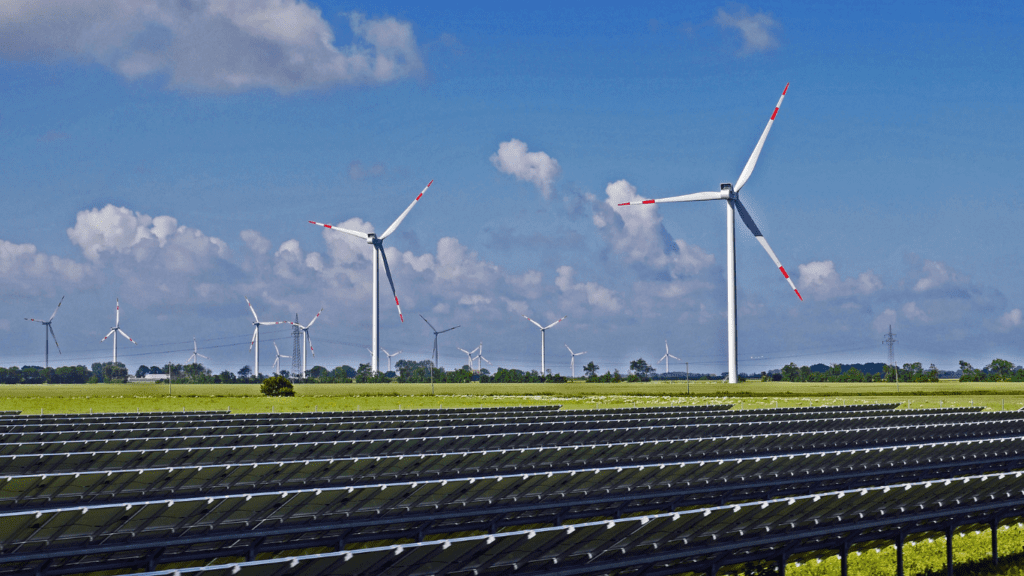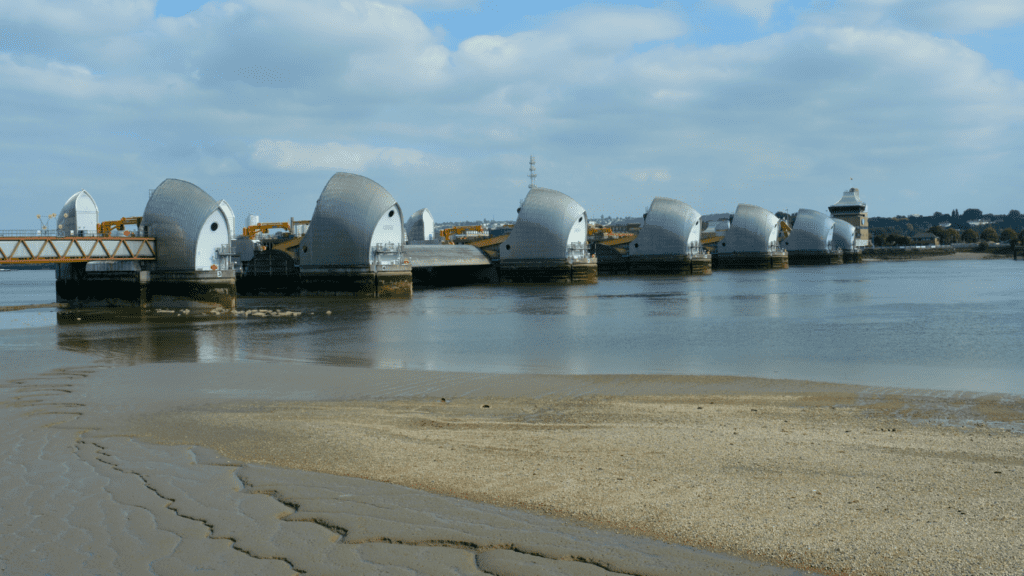Meet a UK HSEQ Health, Safety, Environment, and Quality Leader
This article highlights the career of a mechanical engineer who moved into HSEQ (Health, Safety, Environment, and Quality). Jayne Eyre is the UK Head of Health, Safety, Environment, and Quality – HSEQ for a global renewables infrastructure company. Jayne is the Branch Secretary for the Yorkshire Branch of IOSH and has recently been appointed as Trustee for Open Country which is a charity giving access to open spaces and the countryside for disabled clients.
UK Head of HSEQ for a utility company – Jayne Eyre


Background
Why did you decide to study mechanical engineering? Were there any childhood interests which were a factor?
Dad was an engineer. So, I always had a leaning towards wanting to know how things worked and enjoyed dismantling and re-assembling things. Also, I have always enjoyed social history. I mean, understanding the jobs that people used to do and the tools that they used.
Did someone encourage you towards engineering at school?
Not at all! The options were extremely limited: girls were pushed towards caring or teaching roles.
Which famous engineer first interested you? (and why?)
Isambard Kingdom Brunel! Started by feeling fascinated by the photo of this diminutive man standing next to an anchor chain drum.


Move into HSEQ
Why did you decide to move into HSE?
I had always had an interest in industrial accidents. This was not for macabre reasons but because I wanted to understand why they happen (and keep happening).
How did you use your experience in different roles at Agfa Graphics in your work as a Safety and Environmental Engineer?
I was fortunate to work for the business when DuPont acquired them, and we adopted their ‘STOP’ safety philosophy. They were very much (at the time) process / equipment driven in their approach to safety. That means how to design out risk. Then how to reduce the choices and decisions an operator might have to make in a pressured environment. Thereby reducing the opportunity for mistakes / errors / lapses / slips.
This sparked my interest as I was very process driven in my early career. So, the idea that safety improvements could be driven by systems was key to this.
Then, I qualified as a HAZOP (Hazard and Operability Analysis) Study Lead, and I headed up the Mechanical Integrity team. So, was working with other DuPont sites across the UK and Northern Ireland to share technical best practice.
When the site was closing, I took the opportunity to complete my NEBOSH (National Examination Board for Occupational Safety and Health) Certificate.
Later, while working on the construction of a new float glass plant in Goole, I ‘won’ a competition to have £1000 towards training with RRC. I chose to use this towards my NEBOSH Level 6 Diploma, paying the rest myself and qualifying in 2006, as I started in a new role in power generation.


Typical week as UK Head of HSEQ
What exactly does your role include? How many people come under your remit?
Setting strategy for occupational safety; environmental compliance and systems. Managing a small and diverse team of specialists who advise on all aspects of HSEQ on a complex power generation and utilities site in the northeast, as well as multiple power generation plants around the UK.
What is your typical week like?
Busy but enjoyable! I can be discussing permit variations with the Environment Agency (EA), taking part in our safety champion programme, or supporting the team through external or group audits / site visits.
How much of your role is desk based and how much onsite?
Predominantly desk based while I get to grips with a new role in a new, to me, business. However, I am intending to be out on site more in 2024.
What is the most challenging part of your role going into 2024?
Balancing our aspirations as a business for the brown to green transition whilst maintaining compliance on the existing plants.
Do you work with HSEQ people in other countries within your current organisation? How does HSEQ change globally in terms of adherence and prioritising?
Yes, I am part of the global network of Health, Safety, Security & Environment (HSSE) Leads. We share best practice, experience across the whole business, and ensure that we maintain group standards, as well as complying with national and local regulations in our market.
Supporting health and wellbeing for HSEQ
How much of your work involves directly supporting the health and wellbeing of the workforce?
As a team we contribute to the various initiatives across the site. Mental health awareness is key for most businesses as we move out of the pandemic and the changes to ways of working and the shift in how and where we work.
What are the key issues for employee health and wellbeing going forward?
I am personally very interested in psychological safety and human factors, and this is something I want to introduce more awareness of.
What are the keyways you are creating a network of supporting managers trained in positive health and wellbeing practices?
We have a continually active Safety COM programme where we train and support representatives from all areas of the business to embed good safety practice across the business.
Women in engineering
The industry is changing but remains predominantly male. What do you think will change over the next ten years?
To be honest – I do not expect significant or rapid change. Three decades in and we are only just finding our voice when it comes to PPE designed and made for women and female facilities on site (which do not need you to go hunting for a key).
It is disappointing that at this time, there are very few female engineers, particularly on site. Safety and environmental compliance are more diverse, and you are more likely to see yourself represented within these roles.
How can we encourage more women into diverse types of engineering roles?
I think many are still discouraged by what they perceive to be an intimidating and uncomfortable environment, but a lot has changed. Most job designs have changed to allow workers of all sizes and shapes to be able to carry out their roles safely. We just don’t ‘see’ these changes until we actually get onto site. By which time someone will already have made their decision to become an engineer or not.
More should be done in schools to let kids know that the academic route, through university is not the only option. That being more practical, wanting to work with your hands, or operate machinery is not a lesser skillset.
While still at school, I managed to get a place on a week-long residential course for ‘women in engineering.’ I remember we toured various sites looking at the different engineering and technical roles and the types of companies offering those opportunities. One key memory is touring Davy McKee in Sheffield and watching construction of the Thames Barrier.


Diverse Teams
What do you consider to be the value of diverse teams and how does this benefit the energy industry in particular?
There’s a lot of discussion about ‘if you can see it, you can be it’ and a push towards having all members of the community represented in the workplace. I don’t necessarily hold with that view: all of my role models were white men. From my point of view, I didn’t need to see another woman doing the job to know that I could do it: we should be more innovative and dare to be different.
I am looking forward to the day (hopefully within my career lifetime) when we no longer point out or remark on difference.
Diverse PPE for HSEQ
How has PPE changed since you started your career? Have the fabrics improved? What about fit? Has the comfort level increased?
When I started, I couldn’t get safety boots in my size so had to wear shoes, which didn’t give me the same protection.
One-piece overalls present a challenge for women, and they also tend to be a poor fit: usually too long in the body, and too long in the sleeves. The same issues for smaller or larger men, who do not fit the 5’9’’ standard man that we used to use to represent scale on our engineering drawings (yes, really!).
Now, for the first time in three decades, I can wear PPE in women’s sizes, in two-piece coveralls. As well as outdoor clothing which no longer swamps me (and not just because I’m larger than I was when I started out!).
Boots are readily available in smaller sizes, but manufacturers still need to work on the width of boots. I really don’t want to have to wear 2 – 3 pairs of socks.
Different sizes of hard hats would be beneficial, but I appreciate that these would need to withstand the same level of testing.
How often do manufacturers of PPE consider different body shapes based on gender and ethnicity, different hair types and different preferences/desires for modesty?
Not as often as they could or should. There is still little provision for people who wear hair coverings for cultural or religious reasons.
Overalls still veer towards one size fits all and no account that people are not cylinders!
PPE and HSEQ
How key is PPE for HSE?
Vital. If you cannot move, bend, reach, go to the toilet, without badly fitting PPE restricting you. If the PPE’s material and irritates or presents an entanglement or trip hazard, then you simply cannot do your job safely.
Can you give an example (or examples) of a dangerous situation because of poorly fitting PPE? (or an accident)
Yes, poorly fitting PPE can be a trip hazard. I have seen people with sleeves and trouser legs rolled up and when working with chemicals, these just becomes trap points for those materials to build up leading to skin irritation or eventually burns.
One of my major gripes as a spectacle wearer is prescription safety glasses or overglasses: they tend to be huge. You try wearing oversized glasses with a hard hat, ear defenders or a respirator. What happens is that the PPE impairs your vision. This leads to a feeling of disorientation and it’s hot, uncomfortable, and frankly, discourages you from wearing it.


Further reading
Julius Romero Offshore and Onshore HSE Adviser and Medic
The health and safety of field service engineers
Why PPE needs to be designed with Diversity in Mind
A gender-neutral field service engineering workforce


Responses